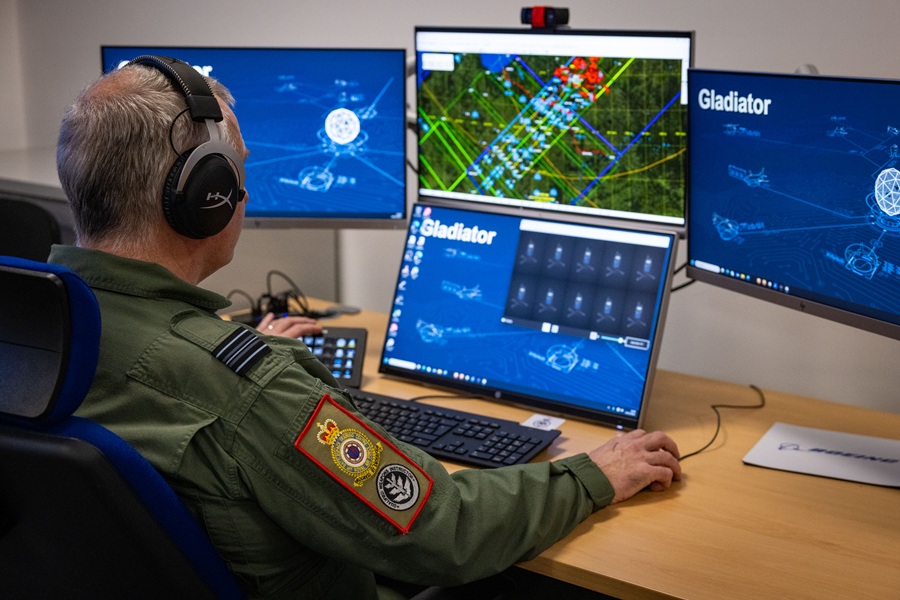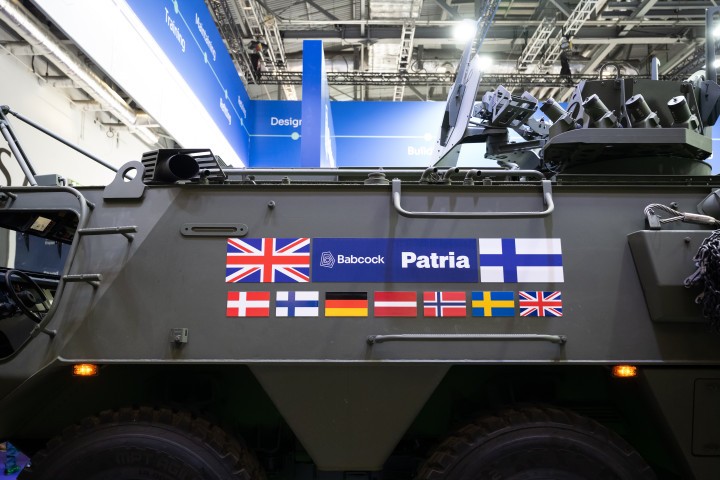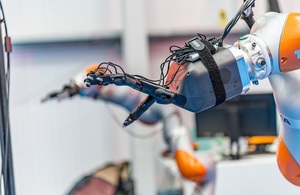Cambridge Pixel adds dual redundant radar tracking to support coastal surveillance systems
![]()
Courtesy Cambridge Pixel
The enhancement will protect against system failure by providing two processing paths for the radar data and allowing automatic switching from one to the other.
Support for dual redundant radar tracking is designed for developers of high reliability or remote systems such as in maritime and coastal surveillance applications where multiple radars are located along a coastline and may be unmanned and highly inaccessible.
David Johnson, CEO, Cambridge Pixel, said: “Many of our radar processing systems are being used in complex, distributed architectures where reliability and remote monitoring are essential and many rely on our radar tracking capability to interpret the radar observations to distinguish real targets from noise.
“With support for dual redundant radar tracking within our SPx radar processing software, we can now provide customers that demand high reliability with the built-in capability to switch processors in the event of a system failure. This means that the receiving client sees a single consistent and uninterrupted stream of radar and target track data because the individual processors are programmed to manage the switch-over between themselves if needed.”
Cambridge Pixel’s SPx radar tracker is a best-in-class software-based COTS primary radar data extractor and target tracker that provides target track identification, course and speed. It is fully parameterised, highly configurable and supports multi-hypothesis tracking to improve tracking efficiency and reduce nuisance alarms, as well as modelling algorithms to support the detection of very small targets. The software is sensor independent and supports a wide range of commercial and military radars.
Cambridge Pixel has other products which assist developers and integrators with managing system wide activity. For example, SPx Monitor supports wide-area and local monitoring of network traffic and system health, providing information back to a central monitoring point which can show errors, conflicts, or an absence of data on any expected network addresses.
“We are seeing increasing demand from customers for dual redundancy and for management tools to provide a consolidated view of systems across multiple locations,” said David Johnson. “This is further evidence that the display of radar is increasingly moving up the supply chain and becoming a critical part of modern surveillance, navigation and command & control systems.”
SPx is Cambridge Pixel's integrated radar processing and display software based on COTS software and Open Standards. The SPx suite of software libraries and applications provides highly flexible, ready-to-run software products for radar scan conversion, visualisation, radar video distribution, target tracking, sensor fusion, plot extraction and clutter processing.
Cambridge Pixel’s radar technology is used in naval, air traffic control, vessel traffic, commercial shipping, security, surveillance, and airborne radar applications. Its systems have been implemented in mission-critical applications with companies such as BAE Systems, Frontier Electronic Systems, Blighter Surveillance Systems, Exelis, Hanwha Systems, Kelvin Hughes, Lockheed Martin, Navtech Radar, Raytheon, Saab Sensis, Royal Thai Air Force, Sofresud and Tellumat.












